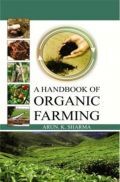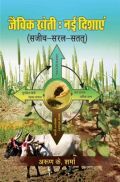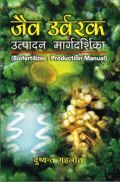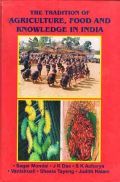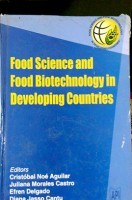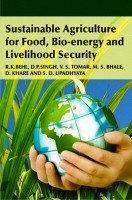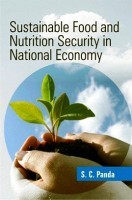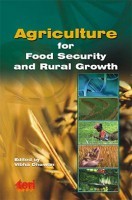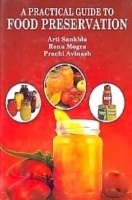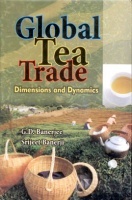About this eBook
Tea is an everyday drink for many. Many are enamoured of its taste. However, all may not be familiar with all the aspects of this many splendoured drink. Here is a book that will come handy to all—the connoisseur and the layman alike. The book Tea Industry—A Road Map Ahead consists of five parts. Part I classifies the botany of tea, traces the origin of tea leaf, beginning and birth of Indian tea industry, tea trade, formation of tea associations/research institutes and Tea Board etc. Development of tea industry during 1950 to 2007 has been discussed with reference to growth variables. This part has effectively captured the important features of tea industry, primary marketing, development of auction system, auction rules, the qualities that make tea a healthy drinks, rationale of product diversification, switch over from primary to processed goods, value added products (packet tea, tea bags, instant tea), long term strategy for value added items, potential and scope for instant teas, tea powder etc,. Chinese u’er tea with its striking qualities, manufacturing black tea, green tea, oolong tea and other teas together with constraints facing the tea industry and possible remedial measure to combat them in the light of cost of production, exports, competition with other countries, supply and demand, quality up gradation etc. Part II confines basically to soil, fertilizers, farming practices, bio-dynamic composting and plant protection of tea. It also covers integrated management of nutrients in soil, bio-organic farming and sustainable tea cultivation along with the harnessing of important elements of nature, like soil, water, air, solar energy in raising tea plantation and utilization of various measures to protect tea crop from pest and diseases. Farming strategies in organic management of tea cultivation, composting in tea plantations, vermi composting in promoting plant growth hormones are some of the aspects that have also been incorporated in this part. Policy liberalization by the government, structural chang s of Tea Companies and there impact on rising cost of production and a fall in demand, tuning production system to chaning demand and devising appropriate market strategies are some of the other areas covered in this part. Part III covers taste of various organic products and pruning in tea science (lung pruning, cut-across pruning etc.), use of pruning machine in mature tea field, prevention of environmental pollution, conservation of eco system, managing tea imports, shift from “chemical intensive pest control” to “bio-intensive pest management”, prudent labour utilization plan, supervision and tips on efficient management of tea gardens, development initiatives/major highlights etc. Part IV presents major issues addressed by the various tea associations through their annual general meetings or conferences held from time to time, areas of concern to the industry with reference to international and national perspectives with a view to: (i) keeping the reader abreast of the latest developments that have been aking place, (ii) taking stock of the situation of tea industry in domestic and world markets, (iii) suggesting policy prescriptions. Recommendations of Madhukar Committee Report on problems of tea industry with remedial measures have also found place in this part. Part V concentrates on economics of tea cultivation in Kangra Valley, its revival strategy, problems and prospects of small tea growers in Assam and North Bengal with policy prescriptions.







